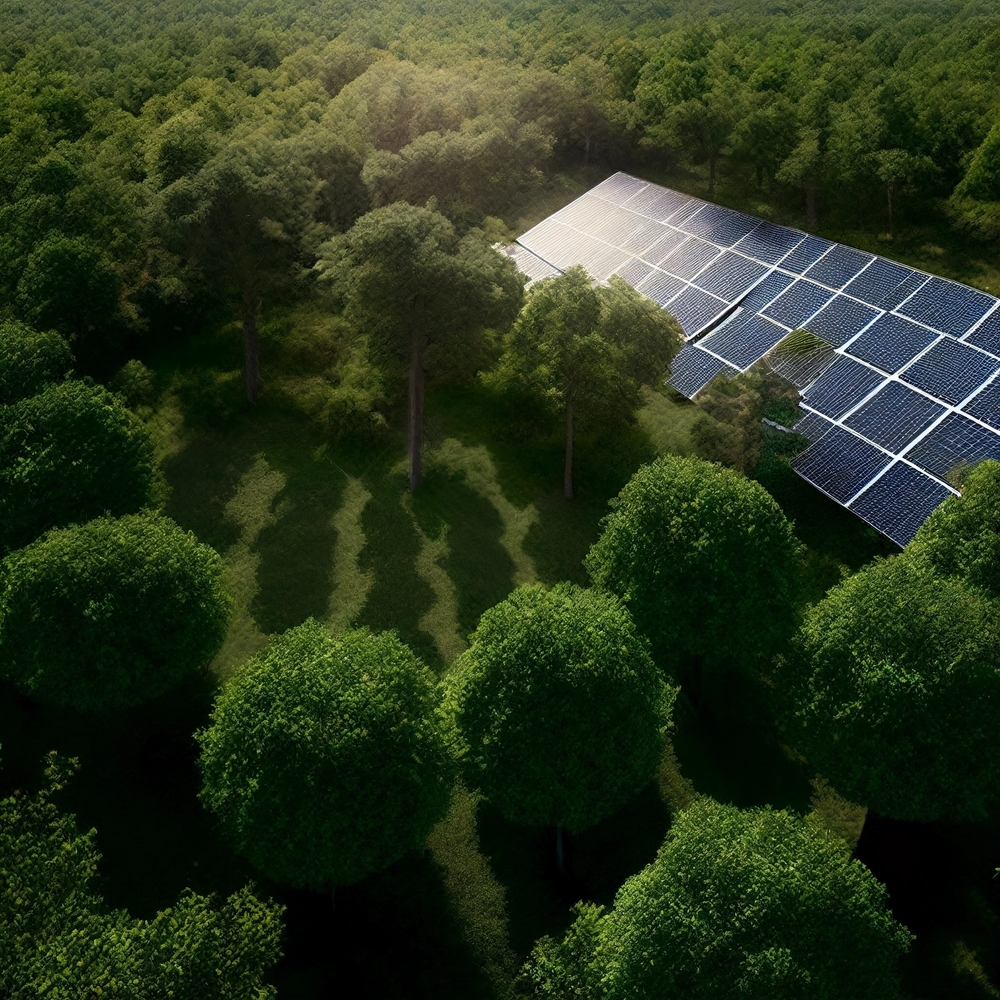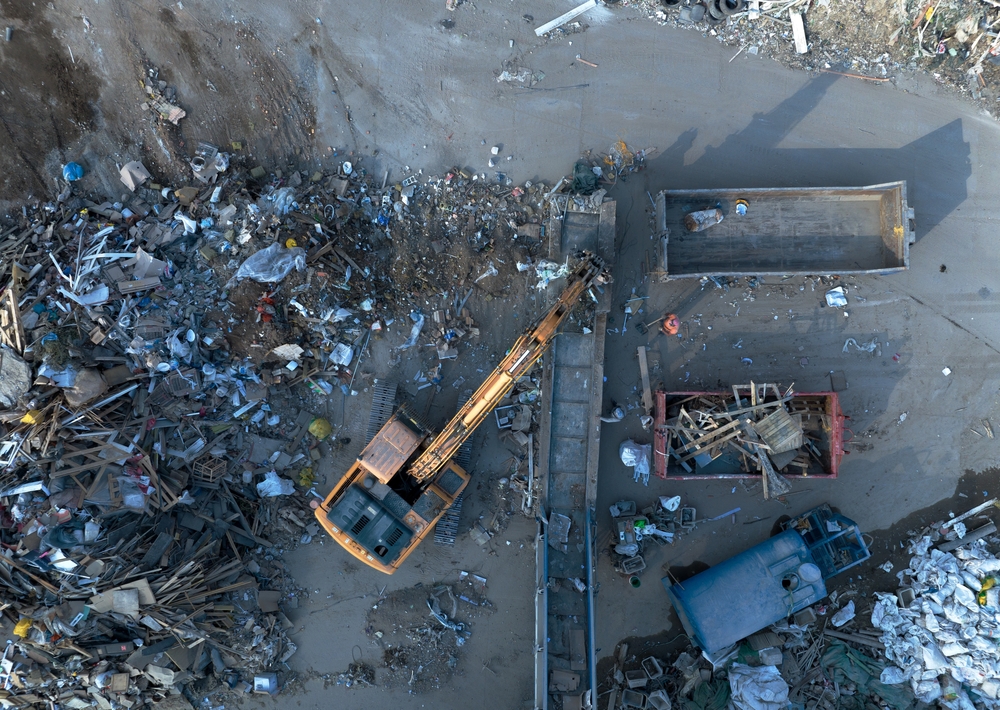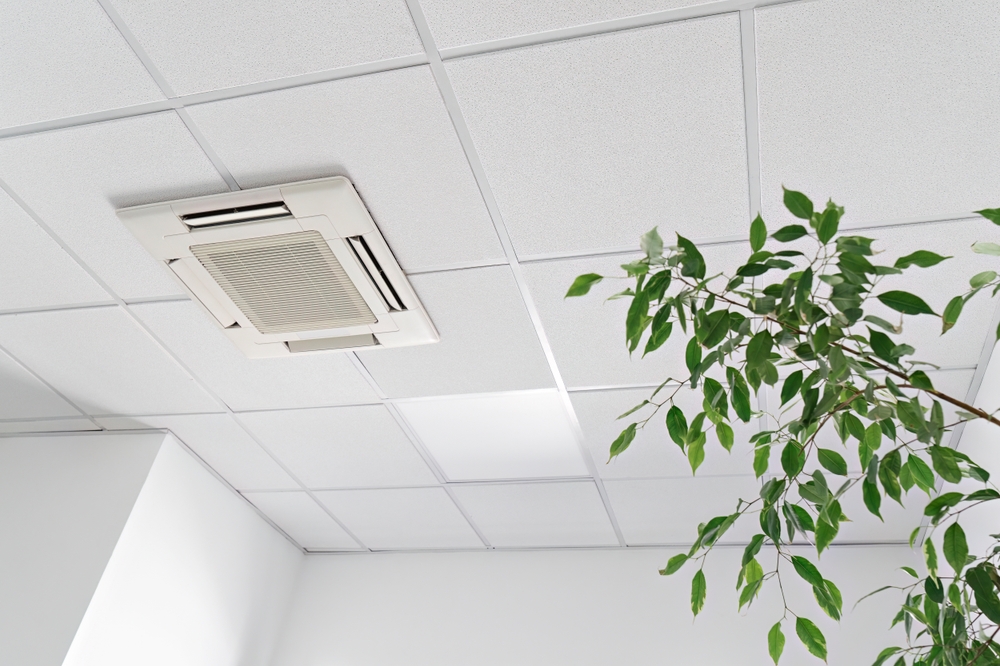This blog post aims to demystify the notion, delving into its definition, significance and the essential elements that constitute net zero carbon buildings. From passive design techniques to sustainable materials selection, we’ll explore net zero strategies for new builds.
Sustainability in construction requires an holistic approach and meticulous planning. In this regard, understanding net zero strategies for new builds becomes paramount. From harnessing renewable energy to curbing construction waste, each component plays a pivotal role in realising net zero aspirations.
- Understanding net zero carbon buildings
- Importance of net zero carbon buildings
- Key components of net zero carbon buildings
- Strategies for achieving net zero in new builds
- Renewable energy integration
- Sustainable materials selection
- Construction waste reduction
- The role of building services in net zero design
- Lighting design considerations
- Intelligent building controls
- Monitoring and maintaining net zero performance
- Continuous commissioning
- Performance reporting and benchmarking
- FAQs in relation to net zero strategies for new builds
- What are 3 key aspects to consider to achieve net zero buildings?
- What is the net zero architecture strategy?
- How can I make my house net zero?
Understanding net zero carbon buildings
Net zero carbon buildings are the future of sustainable construction. They’re not just a trend – they’re a necessity. It’s about more than just reducing carbon emissions. It’s about creating buildings that are energy-efficient, resilient and healthy for both people and the planet.
So, what exactly is a net zero carbon building? In a nutshell, it’s a building that produces as much energy as it consumes over the course of a year. This means that the building’s operational carbon emissions are zero or negative. But achieving net zero isn’t just about slapping some solar panels on the roof and calling it a day. It requires an holistic approach that considers the entire lifecycle of the building, from design and construction to operation and maintenance.


Importance of net zero carbon buildings
The importance of net zero carbon buildings cannot be overstated. Buildings are responsible for a whopping 40% of global carbon emissions. By designing and constructing net zero buildings, we can significantly reduce our carbon footprint and combat climate change. It’s about doing the right thing for the environment and ensuring a sustainable future for generations to come. Plus, net zero buildings offer a host of other benefits: they’re more energy-efficient, which means lower utility bills for building owners and occupants; they’re also healthier and more comfortable, with better indoor air quality and thermal comfort.
Key components of net zero carbon buildings
So, what are the key components of a net zero carbon building? There are a few essential elements:
- Energy efficiency: This is the foundation of net zero design. By reducing energy demand through passive design strategies, high-performance building envelopes and efficient building systems, we can lower the amount of energy needed to operate the building.
- Renewable energy: Once energy demand has been minimised, the remaining energy needs can be met with renewable sources such as solar, wind or geothermal.
- Embodied carbon: We must consider operational carbon emissions and the carbon footprint of the materials and construction process. By using low-carbon materials and reducing construction waste, we can reduce the building’s embodied carbon.
- Building services: Efficient building services such as HVAC, lighting and water systems are crucial for achieving net zero. These systems should be designed to minimise energy use and maximise occupant comfort.
By incorporating these key components, we can create buildings that are truly sustainable and resilient. It’s not easy, but it’s worth it.
Strategies for achieving net zero in new builds
Achieving net zero in new builds is a complex challenge, but it’s not impossible. With the right strategies and tools, we can design and construct buildings that are energy-efficient, low-carbon and sustainable.
One of the most effective strategies for achieving net zero is passive design. This involves designing the building to minimise energy demand through strategies such as:
- Optimising building orientation and massing to boost natural lighting and ventilation
- Using high-performance building envelopes to reduce heat loss and gain
- Incorporating thermal mass to regulate indoor temperatures
By getting the basics right, we can significantly reduce the building’s energy needs before even considering active systems.
Renewable energy integration
Of course, even the most efficient building will still require some energy to operate. That’s where renewable energy comes in. Integrating renewable energy systems such as solar photovoltaics, wind turbines or geothermal heat pumps can help offset the building’s energy consumption and achieve net zero. It’s important to consider the building’s location, climate and energy needs when selecting the appropriate renewable energy systems. In addition to passive design and renewable energy, energy-efficient building systems are crucial for achieving net zero. This includes:
- High-efficiency HVAC systems with heat recovery and demand-controlled ventilation
- LED lighting with daylight sensors and occupancy controls
- Low-flow water fixtures and rainwater harvesting systems
By optimising these systems, we can reduce energy waste and maximise performance.
Sustainable materials selection
The materials we use in construction also have a significant impact on a building’s carbon footprint. By selecting sustainable, low-carbon materials (such as recycled and locally-sourced materials, rapidly renewable materials like bamboo and cork, and materials with low embodied carbon like wood and straw bale) we can reduce the building’s embodied carbon and support the circular economy.
Construction waste reduction
Finally, reducing construction waste is essential for achieving net zero. Construction and demolition waste accounts for a significant portion of landfill waste, and much of it can be recycled or reused. By implementing waste reduction strategies (such as refabrication and modular construction, material reuse and recycling, and waste management planning) we can lessen the environmental impact of construction and support a more sustainable built environment.


The role of building services in net zero design
Building services play a critical role in achieving net zero design. From HVAC systems to lighting and water conservation, these systems can make or break a building’s energy performance. HVAC systems are often the largest energy consumers in a building, so optimising them is crucial for achieving net zero. This can involve strategies such as:
- Demand-controlled ventilation to adjust fresh air intake based on occupancy
- Heat recovery systems to capture and reuse waste heat
- High-efficiency equipment such as variable speed drives and condensing boilers
By carefully designing and commissioning HVAC systems, we can reduce energy waste and enhance occupant comfort.
Lighting design considerations
Lighting is another major energy consumer in buildings, but it’s also essential for occupant wellbeing and productivity. To achieve net zero, lighting design should focus on:
- Maximising daylighting through building orientation, glazing and shading
- Using high-efficiency LED lighting with dimming and occupancy controls
- Implementing task lighting to reduce overall lighting levels
By taking a holistic approach to lighting design, we can create spaces that are both energy-efficient and visually comfortable.
Water conservation may not seem directly related to energy use, but it can have a significant impact on a building’s carbon footprint. Strategies for conserving water include:
- Low-flow fixtures such as toilets, faucets and showerheads
- Rainwater harvesting and greywater reuse systems
- Drought-tolerant landscaping and efficient irrigation systems
By reducing water consumption, we can also reduce the energy needed to treat and pump water, contributing to net zero goals.
Intelligent building controls
Intelligent building controls are essential for optimising building performance and achieving net zero. These systems can include:
- Building management systems (BMS) to monitor and control HVAC, lighting and other systems
- Energy management systems (EMS) to track energy consumption and identify opportunities for savings
- Fault detection and diagnostics (FDD) to identify and resolve system issues before they become major problems
Monitoring and maintaining net zero performance
Achieving net zero is not a one-time event – it requires ongoing monitoring and maintenance to ensure that buildings continue to perform as designed. This is where post-occupancy evaluation and continuous commissioning come in. Post-occupancy evaluation (POE) is a process of assessing how well a building is performing after it has been occupied. This can involve:
- Measuring energy and water consumption
- Assessing indoor air quality and thermal comfort
- Surveying occupants to gather feedback on building performance
By conducting POEs, we can identify areas where buildings are not performing as expected and make adjustments to increase performance.


Continuous commissioning
Continuous commissioning (CCx) is a process of ongoing monitoring and refining of building systems to ensure that they continue to perform at peak efficiency. This can involve:
- Regularly testing and calibrating sensors and controls
- Identifying and fixing operational issues such as equipment malfunctions or control sequence errors
- Continuously analysing building performance data to identify opportunities for improvement
By implementing CCx, we can ensure that buildings continue to operate at net zero over their entire lifetimes. Occupant behaviour can have a significant impact on building performance, so engaging occupants and encouraging behaviour change is crucial for maintaining net zero performance.
This can involve:
- Providing education and training on energy-efficient behaviours
- Implementing feedback and incentive programs to encourage conservation
- Designing user-friendly interfaces and controls to make it easy for occupants to manage their energy use
Performance reporting and benchmarking
Finally, performance reporting and benchmarking are essential for tracking progress towards net zero goals and identifying areas for improvement. This can involve:
- Regularly reporting on energy and water consumption, carbon emissions and other key performance indicators
- Benchmarking building performance against similar buildings or industry standards
- Sharing performance data with stakeholders such as building owners, occupants and policymakers
By being transparent about building performance and using data to drive decision-making, we can create a more accountable and effective approach to net zero design and operation.
FAQs in relation to net zero strategies for new builds
What are 3 key aspects to consider to achieve net zero buildings?
Focus on efficient design, use sustainable materials and integrate renewables like wind or solar power.
What is the net zero architecture strategy?
This approach marries innovative design with green tech to slash emissions. It’s smart building for a cleaner planet.
How can I make my house net zero?
Increase insulation, install solar panels and upgrade to energy-efficient appliances. Every little change contributes.